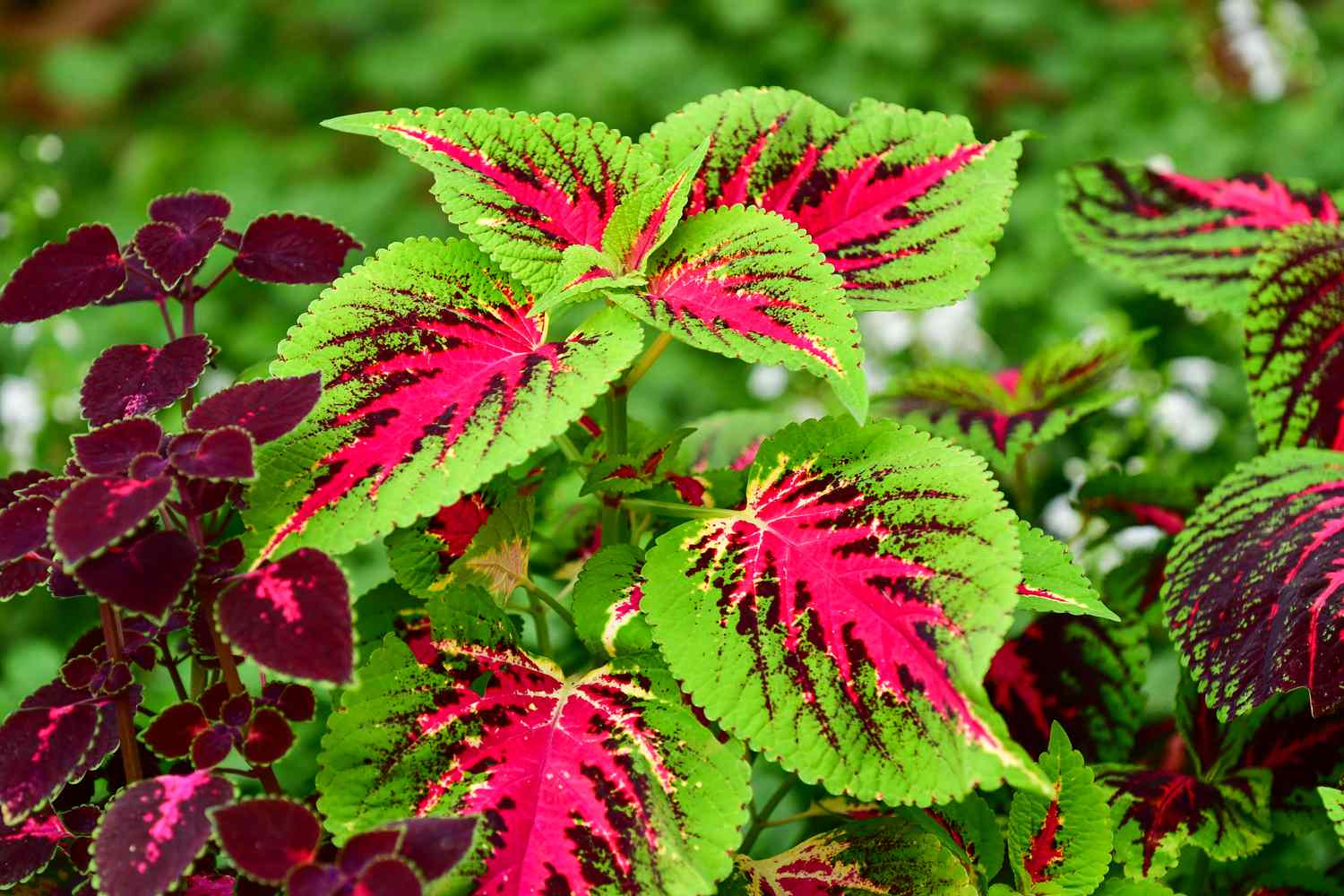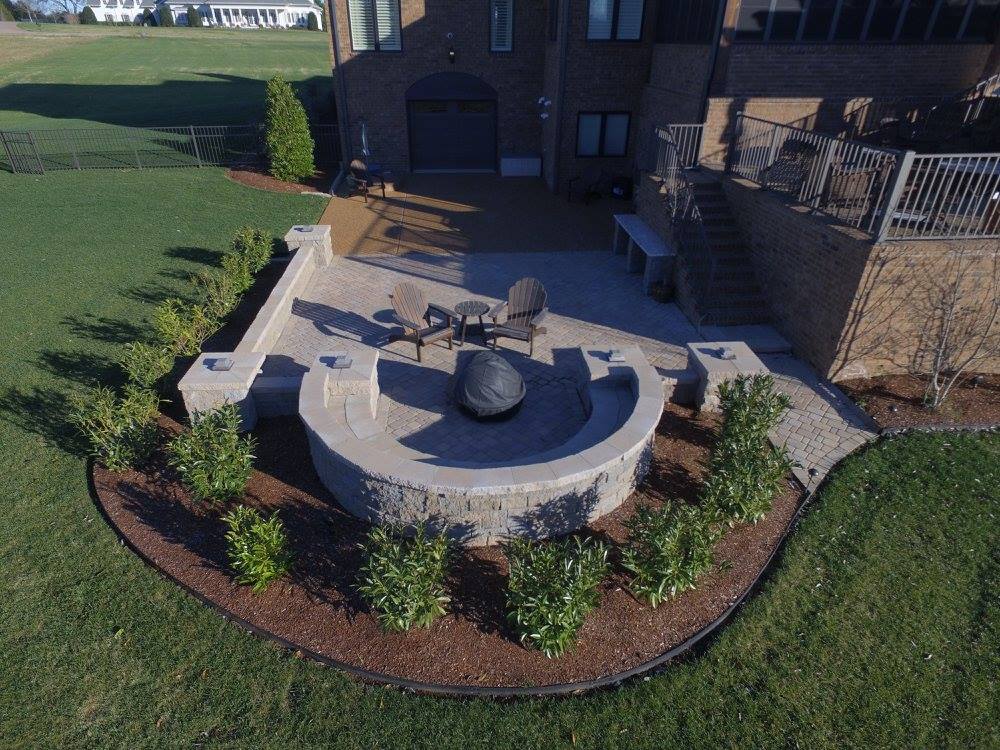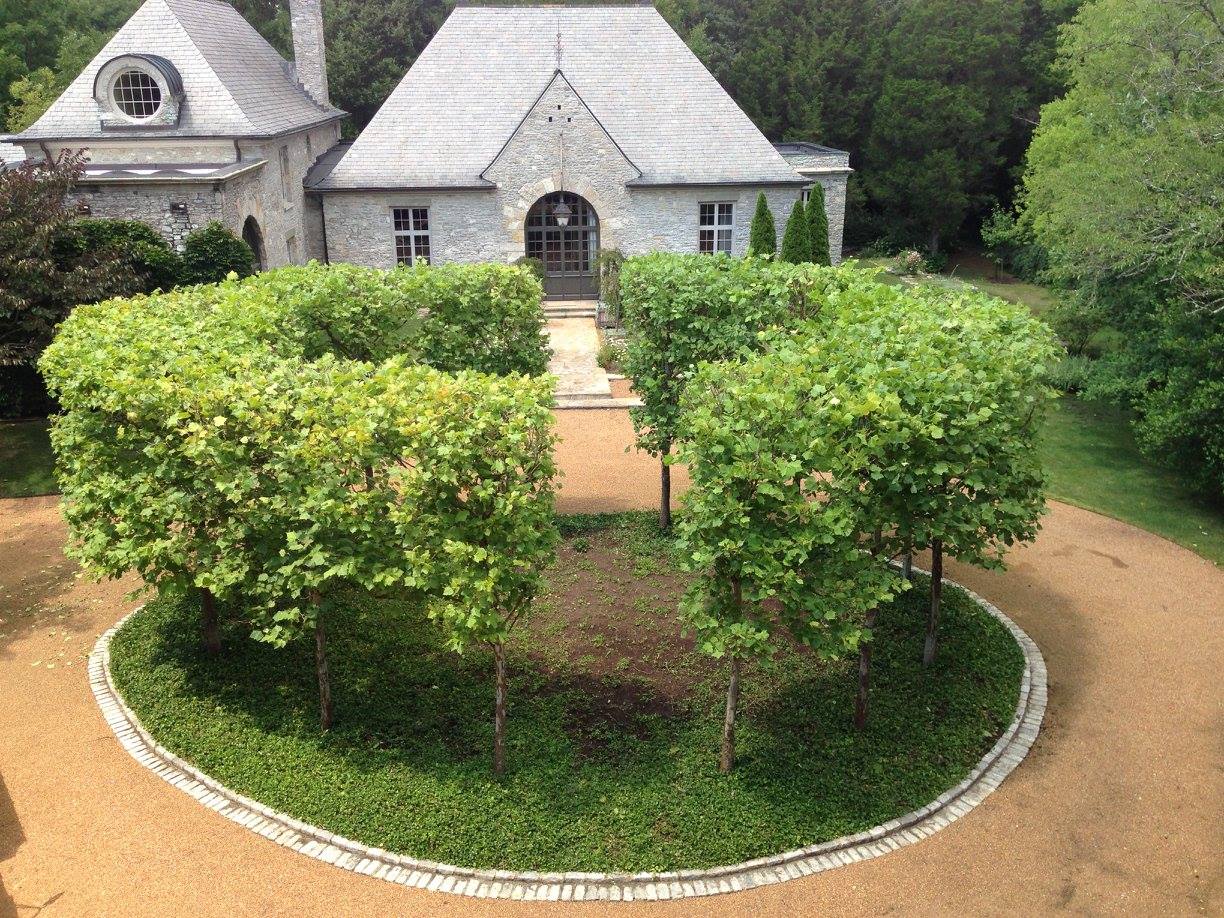Middle Tennessee's unique climate zone (6b/7a) offers incredible opportunities for creating stunning landscapes that thrive year-round. With over 35 years of experience serving Nashville, Franklin, and Brentwood homeowners, we've identified the plants that consistently perform well in our region's hot summers, mild winters, and occasional weather extremes. These plant selections form the foundation of our professional garden design services throughout Middle Tennessee.
Understanding Middle Tennessee's Climate
Before selecting plants, it's crucial to understand our local growing conditions:
- USDA Hardiness Zones: 6b to 7a
- Average Annual Rainfall: 47 inches
- Summer Highs: 85-90°F with high humidity
- Winter Lows: 20-25°F
- Soil Types: Predominantly clay with some limestone areas
- Growing Season: March through October
Top Native Trees for Middle Tennessee
Large Shade Trees
Red Oak (Quercus rubra)
- Mature height: 60-75 feet
- Beautiful fall color (red to brown)
- Excellent for large properties
- Drought tolerant once established
Tulip Poplar (Liriodendron tulipifera)
- Fast-growing native
- Stunning yellow fall color
- Unique tulip-shaped flowers
- Good for screening
Sugar Maple (Acer saccharum)
- Spectacular orange-red fall color
- Mature height: 60-70 feet
- Prefers well-drained soil
- Long-lived specimen tree
Small Ornamental Trees
Eastern Redbud (Cercis canadensis)
- Early spring purple-pink blooms
- Heart-shaped leaves
- Height: 20-30 feet
- Understory tree, tolerates some shade
Flowering Dogwood (Cornus florida)
- Tennessee's state tree
- Spring blooms and fall berries
- Four-season interest
- Prefers partial shade
American Hornbeam (Carpinus caroliniana)
- Excellent small tree for tight spaces
- Beautiful fall color
- Smooth, muscle-like bark
- Very adaptable
Best Shrubs for Nashville Landscapes
Evergreen Shrubs
Boxwood (Buxus species)
- Year-round structure
- Excellent for hedging and foundation plantings
- Tolerates pruning well
- Multiple varieties available
Holly (Ilex species)
- American Holly and Yaupon Holly perform well
- Evergreen foliage with berries
- Good for wildlife
- Drought tolerant
Mountain Laurel (Kalmia latifolia)
- Beautiful spring blooms
- Evergreen foliage
- Prefers acidic soil
- Good for naturalized areas
Deciduous Shrubs
Spicebush (Lindera benzoin)
- Native understory shrub
- Yellow fall color
- Red berries
- Shade tolerant
Oakleaf Hydrangea (Hydrangea quercifolia)
- Large white flower clusters
- Excellent fall color
- Exfoliating bark for winter interest
- Tolerates drought
Ninebark (Physocarpus opulifolius)
- White spring flowers
- Colorful foliage varieties
- Very hardy and adaptable
- Good for mass plantings
Perennial Plants That Thrive in Middle Tennessee
Spring Bloomers
Wild Ginger (Asarum canadense)
- Excellent groundcover for shade
- Heart-shaped leaves
- Low maintenance
- Spreads naturally
Virginia Bluebells (Mertensia virginica)
- Beautiful blue spring flowers
- Goes dormant in summer
- Perfect for woodland gardens
- Self-seeding
Trout Lily (Erythronium americanum)
- Early spring bloomer
- Mottled leaves
- Yellow flowers
- Naturalizes well
Summer Bloomers
Purple Coneflower (Echinacea purpurea)
- Long-blooming perennial
- Attracts butterflies and birds
- Drought tolerant
- Easy to grow
Black-Eyed Susan (Rudbeckia species)
- Bright yellow flowers
- Blooms summer through fall
- Very low maintenance
- Self-seeding
Bee Balm (Monarda species)
- Attracts hummingbirds and butterflies
- Fragrant foliage
- Available in multiple colors
- Good for cutting gardens
Fall Interest
Asters (Symphyotrichum species)
- Late season nectar for pollinators
- Purple, white, or pink flowers
- Native wildflowers
- Low maintenance
Goldenrod (Solidago species)
- Bright yellow fall blooms
- Important for wildlife
- Many native species
- Drought tolerant
Grasses for Middle Tennessee
Ornamental Grasses
Little Bluestem (Schizachyrium scoparium)
- Beautiful fall color (orange to red)
- Native prairie grass
- Drought tolerant
- Good for naturalized areas
Switchgrass (Panicum virgatum)
- Tall, architectural grass
- Multiple cultivars available
- Excellent wildlife value
- Very adaptable
River Oats (Chasmanthium latifolium)
- Shade-tolerant grass
- Interesting seed heads
- Good for cutting
- Native to Tennessee
Planting Tips for Success
Soil Preparation
- Test your soil pH - Most plants prefer 6.0-7.0
- Improve clay soil with organic matter
- Ensure proper drainage - especially important in our clay soils
- Add compost annually to maintain soil health
Timing
- Best planting times: Early spring (March-April) and fall (September-October)
- Avoid summer planting unless you can provide consistent water
- Fall planting allows roots to establish before summer heat
Watering Guidelines
- Deep, infrequent watering is better than frequent shallow watering
- Water early morning to reduce evaporation and disease
- Mulch around plants to retain moisture and suppress weeds
- Native plants require less water once established
Plants to Avoid in Middle Tennessee
Invasive Species
- Bradford Pear - weak wood, invasive
- Autumn Olive - aggressive spreader
- Privet - escapes cultivation
- English Ivy - smothers native plants
Poor Performers
- Azaleas (most varieties) - prefer more acidic soil
- Rhododendrons - struggle in our climate
- Blue Spruce - not adapted to our humidity
Designing with Native Plants
Creating Plant Communities
Design your landscape to mimic natural plant communities:
- Woodland edge: Combine native trees, understory shrubs, and wildflowers
- Prairie style: Use native grasses with flowering perennials
- Streamside: Plant moisture-loving natives near water features
Learn more about creating cohesive plant communities in our comprehensive landscape design process guide.
Succession Planting
Plan for different bloom times:
- Spring: Redbuds, dogwoods, Virginia bluebells
- Summer: Coneflowers, bee balm, black-eyed Susan
- Fall: Asters, goldenrod, ornamental grasses
Maintenance Tips for Long-Term Success
First Year Care
- Consistent watering until established
- Mulch application to retain moisture
- Monitor for pests and diseases
- Avoid fertilizing native plants (they don't need it)
Ongoing Maintenance
- Annual mulch refresh in spring
- Selective pruning as needed
- Division of perennials every 3-4 years
- Removal of invasive plants as they appear
Seasonal Care Calendar
Spring (March-May)
- Plant new additions
- Apply fresh mulch
- Begin watering schedule
- Monitor for pest issues
Summer (June-August)
- Deep watering during dry spells
- Deadhead spent blooms
- Monitor plant health
- Enjoy the blooms!
Fall (September-November)
- Best time for new plantings
- Collect seeds from native plants
- Reduce watering frequency
- Leave ornamental grasses standing
Winter (December-February)
- Planning and research time
- Order plants for spring
- Minimal maintenance required
- Enjoy winter structure of trees and grasses
Getting Professional Help
While many homeowners can successfully plant and maintain native landscapes, complex projects benefit from professional expertise. Consider hiring a professional for:
- Large tree installation
- Soil drainage issues
- Extensive landscape renovation
- Irrigation system design
At Crenshaw Landscaping, we specialize in creating sustainable landscapes using the best plants for Middle Tennessee's unique climate. Our 35+ years of experience helps us select plants that will thrive in your specific location and meet your aesthetic goals.
Conclusion
Choosing the right plants for Middle Tennessee doesn't have to be complicated. Focus on native and adapted species that are proven performers in our climate zone. These plants will reward you with:
- Lower maintenance requirements
- Better drought tolerance
- Increased wildlife value
- Year-round beauty
- Long-term success
Start with a few reliable natives and expand your plant palette as you gain experience. Your landscape will become more beautiful and sustainable with each passing year.
Ready to transform your landscape with the perfect plants for Middle Tennessee? Contact Crenshaw Landscaping for a free consultation and let our experts help you create a stunning, low-maintenance landscape that thrives in our unique climate. Serving homeowners throughout Nashville, Franklin, Brentwood, and Nolensville.
For more landscaping tips and plant advice specific to Middle Tennessee, explore our other blog posts or contact our team of experts. We're here to help you create the outdoor space of your dreams with plants that love our Nashville area climate. Discover our complete landscape design and build services for professional plant selection and installation.



